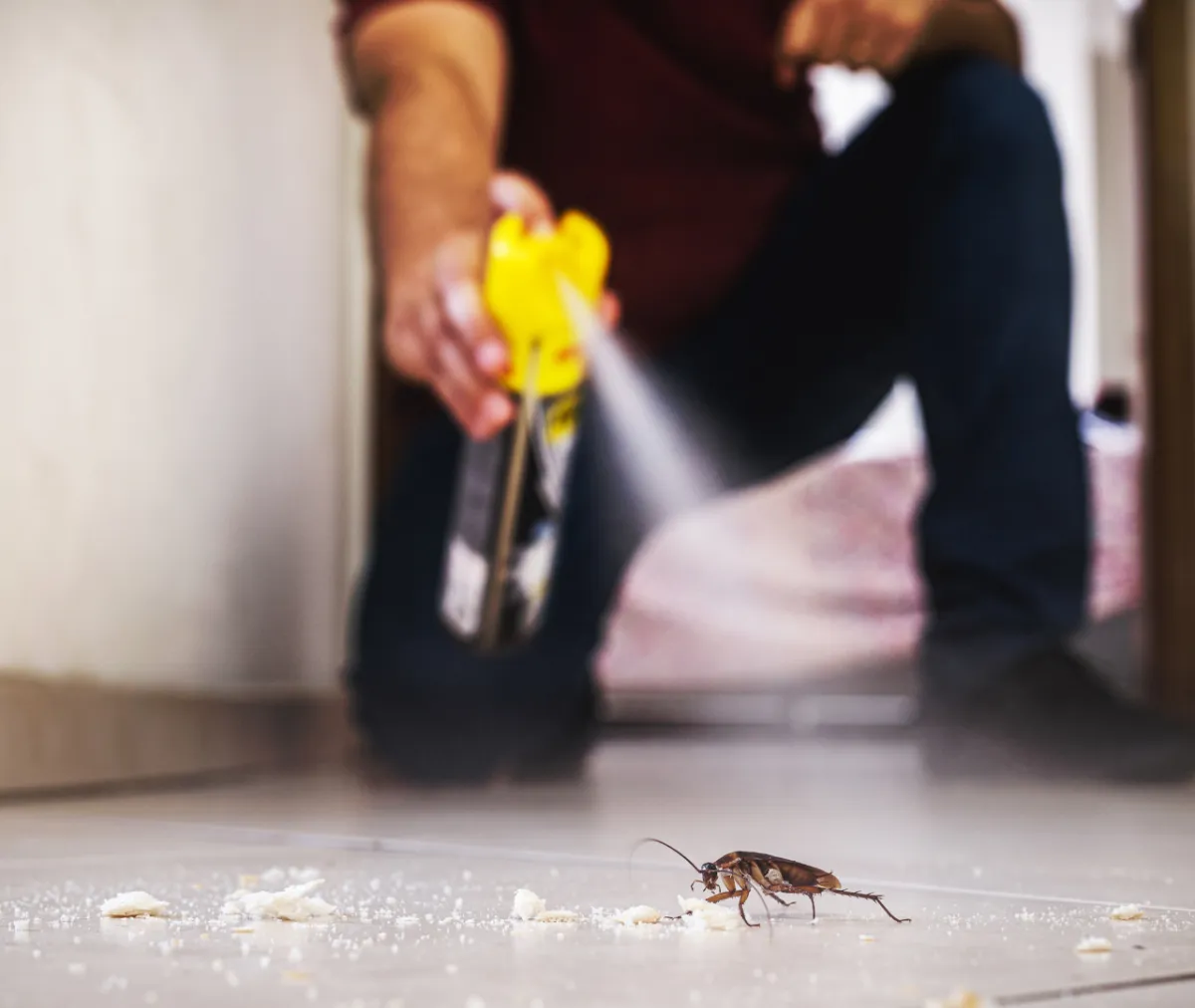
Why Do Pests Keep Coming Back Even After You Spray?
Pests often come back after spraying because of incomplete treatment, hidden nests, resistant species, or environmental factors that aren’t addressed. Spraying alone—especially with DIY sprays—may offer temporary relief, but unless the root cause of the infestation is resolved, pests will continue to return.
If you’ve found yourself asking, “Why are there still bugs in my house even after I sprayed?”—you’re not alone. This is one of the most common frustrations homeowners face during pest control. Let’s break down exactly why pests may return and what you can do to stop them for good.
1. You Only Killed the Visible Pests
Most sprays, especially over-the-counter products, only kill the pests you can see on surfaces.
What’s hiding: Eggs, larvae, and colony members often remain tucked away behind walls, under floors, inside appliances, or within deep cracks and crevices.
Why it matters: Killing visible pests may give the illusion that the problem is solved, but without reaching nests or breeding sites, new pests will continue to emerge.
Example: You spray ants near the kitchen counter, but the queen and workers are hidden inside the walls, leading to a reappearance days later.
2. Pests Have Built Resistance
Certain pests—like cockroaches, bed bugs, and mosquitoes—can build resistance to common pesticides over time, especially if the same product is used repeatedly.
Overuse of the same spray: Allows only the strongest pests to survive and reproduce, passing on resistance traits to their offspring.
DIY products often use lower-grade chemicals: Pests adapt to these quickly, reducing the effectiveness of your efforts.
Solution: Professionals rotate products and use targeted, high-grade solutions tailored to specific pest species, reducing resistance issues and ensuring lasting control.
3. Environmental Conditions Still Attract Them
Spraying without addressing the conditions that attracted pests in the first place won’t stop them from returning.
Common attractants include:
Food crumbs, spills, or open trash
Leaky faucets or standing water
Cracks and gaps around the home
Cluttered storage areas and cardboard boxes
Tip: Pest control is more than spraying. A combination of sanitation, sealing entry points, and removing attractants is essential for long-term pest prevention.
4. Hidden Entry Points Are Still Open
Even if you spray indoors, pests may continue to re-enter your home from outside through:
Gaps under doors or around windows
Holes in screens or vents
Cracks in foundations or siding
What to do: Have a pest control technician identify and seal these entry points. Simple fixes like door sweeps, weather stripping, repairing screens, and sealing cracks can prevent reinfestation.
5. You’re Dealing with a Persistent Species
Certain pests are particularly resilient and require more than one treatment to eliminate:
Bed bugs hide in tiny cracks and can survive months without feeding.
German cockroaches reproduce rapidly and develop resistance quickly.
Termites can silently damage wood structures for years before detection.
In these cases, a single spray isn’t enough. Multiple treatments and an integrated approach are often necessary for complete eradication.
6. You Sprayed in the Wrong Areas
DIY sprays often miss the critical zones where pests live and breed, such as:
Roaches inside appliances, behind cabinets, or in wall voids
Ants following scent trails and avoiding treated surfaces
Hidden nests within insulation, crawlspaces, or deep wall cavities
Spraying open surfaces where pests don’t travel (like open air or clean floors) is ineffective. Professionals know where to apply gels, baits, dusts, and perimeter treatments that target pests where they live, offering better and longer-lasting results.
7. Reinfestation from the Outside
Even if you eliminate pests indoors, they may return if they remain in your yard, garage, or nearby areas.
Rodents may nest in garages, crawlspaces, or sheds.
Ant colonies may forage indoors from outdoor nests.
Wildlife like raccoons or squirrels can return seasonally.
A comprehensive pest control plan includes indoor and outdoor treatment and routine maintenance to prevent reinfestation.
How to Stop Pests from Coming Back
Here’s how to keep pests away for good:
✅ Schedule regular pest inspections: Early detection prevents larger infestations.
✅ Seal entry points: Doors, windows, vents, and siding should be sealed or screened.
✅ Eliminate food and water sources: Clean up crumbs, store food properly, and fix leaks.
✅ Use professional-grade treatments: These last longer and target the full pest life cycle.
✅ Practice Integrated Pest Management (IPM): Combine chemical, physical, and preventive measures for comprehensive protection.
Final Thoughts
Pests keep coming back after spraying because spraying alone isn’t a complete solution. To achieve lasting results, you need a holistic pest control approach that targets pests’ environments, nesting habits, entry points, and long-term behavior patterns.
If you’ve sprayed multiple times and still see pests, it’s time to call a licensed pest control professional. Professionals can customize a treatment plan that tackles the source—not just the symptoms—providing you with the peace of mind and pest-free home you deserve.
Because when it comes to pests, it’s not about spraying more—it’s about spraying smart, addressing the root causes, and using a comprehensive strategy that actually works.